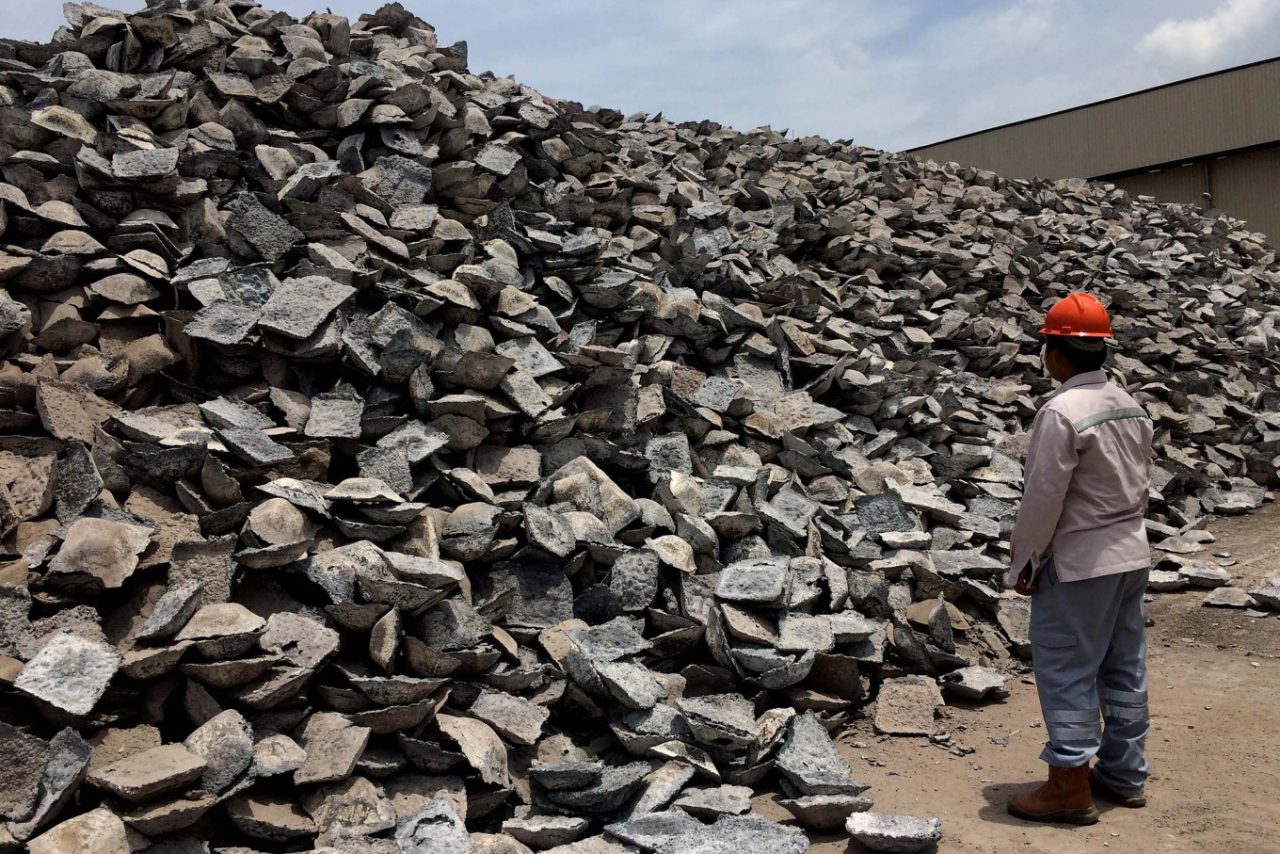While Indonesia is stepping up its game in the commodities market by focusing on nickel, Outokumpu, a stainless steel producer, has seen a dip in sales compared to the previous year. They’ve noticed, however, a gradual uptick in Europe despite a 7% decrease in deliveries quarter-over-quarter. In the Americas, they even shipped 15% more – despite falling prices. The company is hopeful, expecting to boost deliveries by somewhere between 5% and 15% from the first to the second quarter.
Service center results show a similar trend, with Ryerson experiencing a 3.2% drop from the first to the second quarter of 2023, yet a solid 17.3% increase in shipments over the last quarter of 2023.
The future of stainless steel shipments is a bit unsure at the moment. Feedback from various suppliers indicates that sales picked up in February, but started to lag again in March. Early reports from the second quarter suggest a notable slowdown in the demand for certain types of stainless steel, and there isn’t much hope for a quick rebound.
Nickel Surplus Forces Mine Closures
An Indonesian-led boom in nickel production has caused problems elsewhere. For instance, First Quantum’s mine in Western Australia had to shut down due to an overloaded market. First Quantum intended to keep the Ravensthorpe mine on hold for a couple of years, hoping to sort out their excess stock. But financial concerns pushed the company to halt production completely by May’s end.
Despite a recent upswing in nickel prices, the long-term view isn’t too bright. Stockpiles keep growing, and Indonesia’s production isn’t letting up. Even in the U.S., where electric vehicles (EVs)—thought to be a big consumer of nickel—are not selling as expected. The increase in sales was just 3.3% in the first quarter, leading EVs to lose market share.
What’s the Nickel Market’s Next Move?
The overflow of nickel is painting a grim picture for its market. Indonesia keeps pumping out cheaper nickel, prompting discussions for a separate pricing tier for “green nickel,” though it’s uncertain if this move will spark manufacturer interest.
For stainless steel makers like Outokumpu, the challenge is real. Their first-quarter report showed a seasonal spike in stainless steel deliveries, but constrained scrap availability and dropping steel prices hit their profits. Steel makers often depend on scrap, but they’re still tied to nickel prices on the global market.
Changing Price Strategies in Light of Nickel Surplus
With so much nickel around, companies might start rethinking their pricing approaches. Despite the bearish trends, mills have kept base prices stable, but declining nickel values have significantly lowered earnings due to reductions in surcharges.
The glut in nickel, primarily driven by Indonesia, along with dimming hopes for markets like EVs, poses a question for the industry. Should mills continue to peg surcharge calculations on global nickel prices, especially considering Indonesia’s target for an $18,000 per metric ton price ceiling? Though this idea is still speculative, options like using scrap nickel prices or future “green nickel” prices might soon look more appealing to steel producers. What’s clear is that the industry might have to reconsider how it calculates stainless steel surcharges in these situations.


















